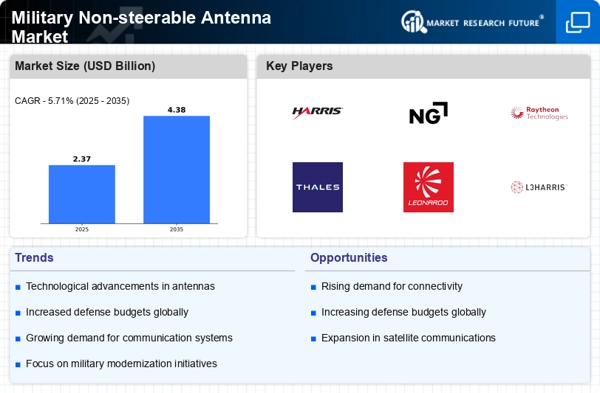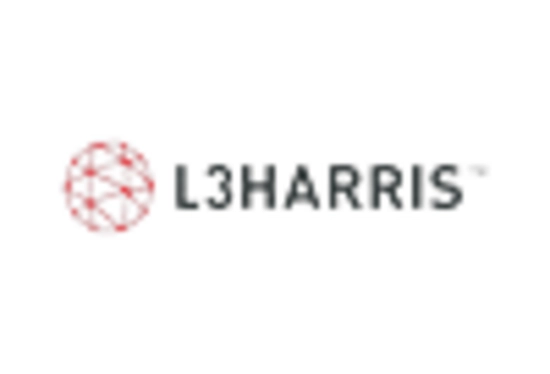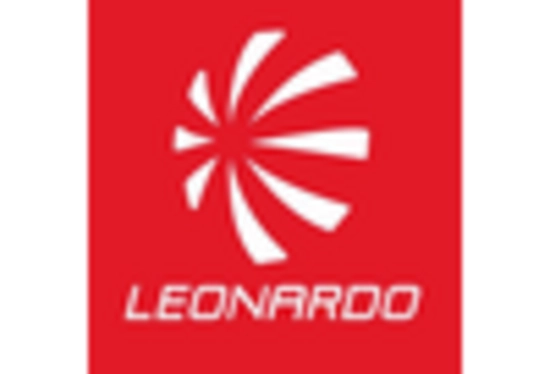Rising Military Expenditure
The Military Non-steerable Antenna Market is experiencing growth due to increased military expenditure across various nations. Governments are allocating substantial budgets to enhance their defense capabilities, which includes upgrading communication systems. For instance, the military budgets of countries such as the United States and China have seen significant increases, with the U.S. Department of Defense requesting over 700 billion dollars for fiscal year 2025. This trend indicates a robust demand for reliable communication solutions, including non-steerable antennas, which are essential for maintaining operational effectiveness in diverse environments. As military forces seek to modernize their equipment, the demand for non-steerable antennas is likely to rise, thereby driving market growth.
Integration with Unmanned Systems
The integration of non-steerable antennas with unmanned systems is a significant driver for the Military Non-steerable Antenna Market. As unmanned aerial vehicles (UAVs) and ground systems become more prevalent in military operations, the need for effective communication links becomes critical. Non-steerable antennas are particularly suited for these applications due to their ability to maintain communication without the need for constant repositioning. This capability is essential for real-time data transmission and operational coordination. The increasing adoption of UAVs in military missions is expected to further boost the demand for non-steerable antennas, indicating a promising growth trajectory for the market.
Advancements in Antenna Technology
Technological advancements in antenna design and materials are significantly impacting the Military Non-steerable Antenna Market. Innovations such as lightweight materials and enhanced signal processing capabilities are improving the performance and efficiency of non-steerable antennas. These advancements enable military forces to deploy antennas that are not only more effective but also easier to transport and install in various operational settings. As military operations evolve, the demand for antennas that can adapt to changing requirements is likely to increase. The ongoing research and development in antenna technology suggest a positive outlook for the market, as new solutions emerge to meet the needs of modern military applications.
Emerging Threats and Security Concerns
The Military Non-steerable Antenna Market is also influenced by emerging threats and security concerns that military organizations face today. As geopolitical tensions rise, nations are compelled to enhance their defense mechanisms, which includes investing in advanced communication technologies. Non-steerable antennas play a crucial role in ensuring secure communications, particularly in hostile environments. The increasing frequency of cyber threats and electronic warfare tactics necessitates the deployment of reliable communication systems that can withstand such challenges. Consequently, military organizations are likely to prioritize the acquisition of non-steerable antennas, thereby propelling market growth in the coming years.
Need for Reliable Communication Systems
In the context of modern warfare, the Military Non-steerable Antenna Market is driven by the critical need for reliable communication systems. Non-steerable antennas provide consistent and stable communication links, which are vital for command and control operations. The increasing complexity of military operations necessitates robust communication solutions that can function effectively in various terrains and conditions. As military operations become more joint and coalition-based, the demand for antennas that can support secure and uninterrupted communication is paramount. This need is reflected in the projected growth of the market, which is expected to reach several billion dollars by 2027, highlighting the importance of non-steerable antennas in contemporary military strategies.

















Leave a Comment